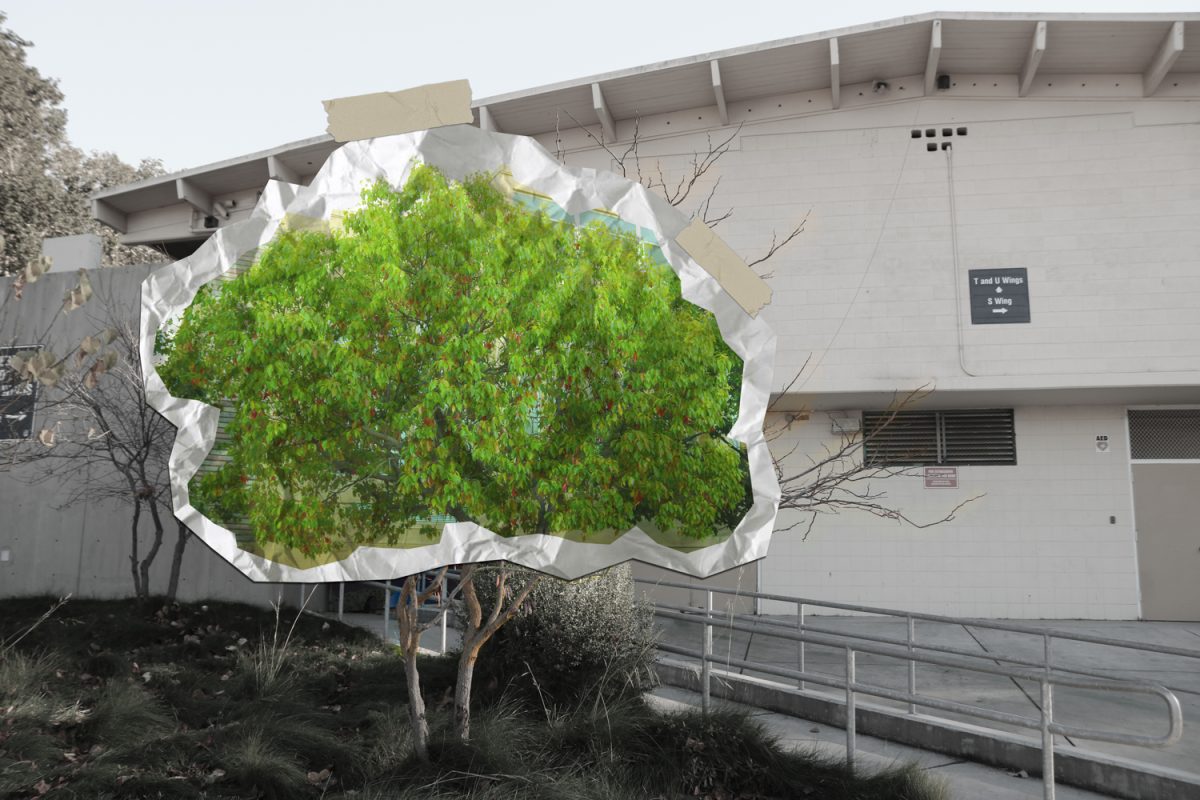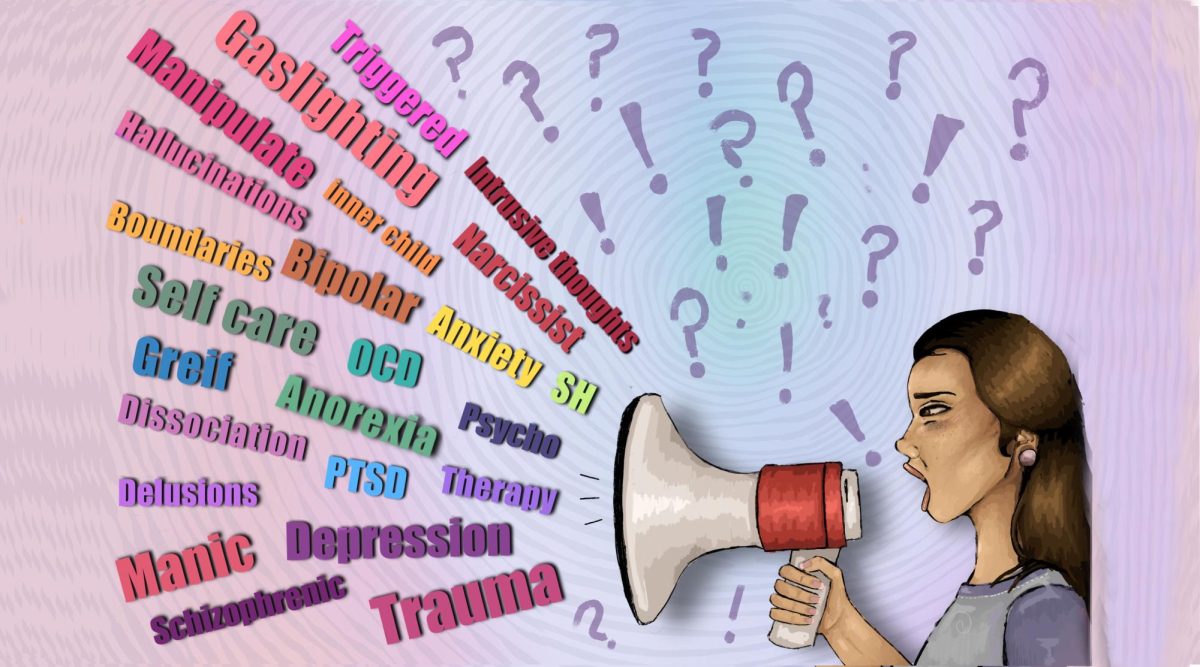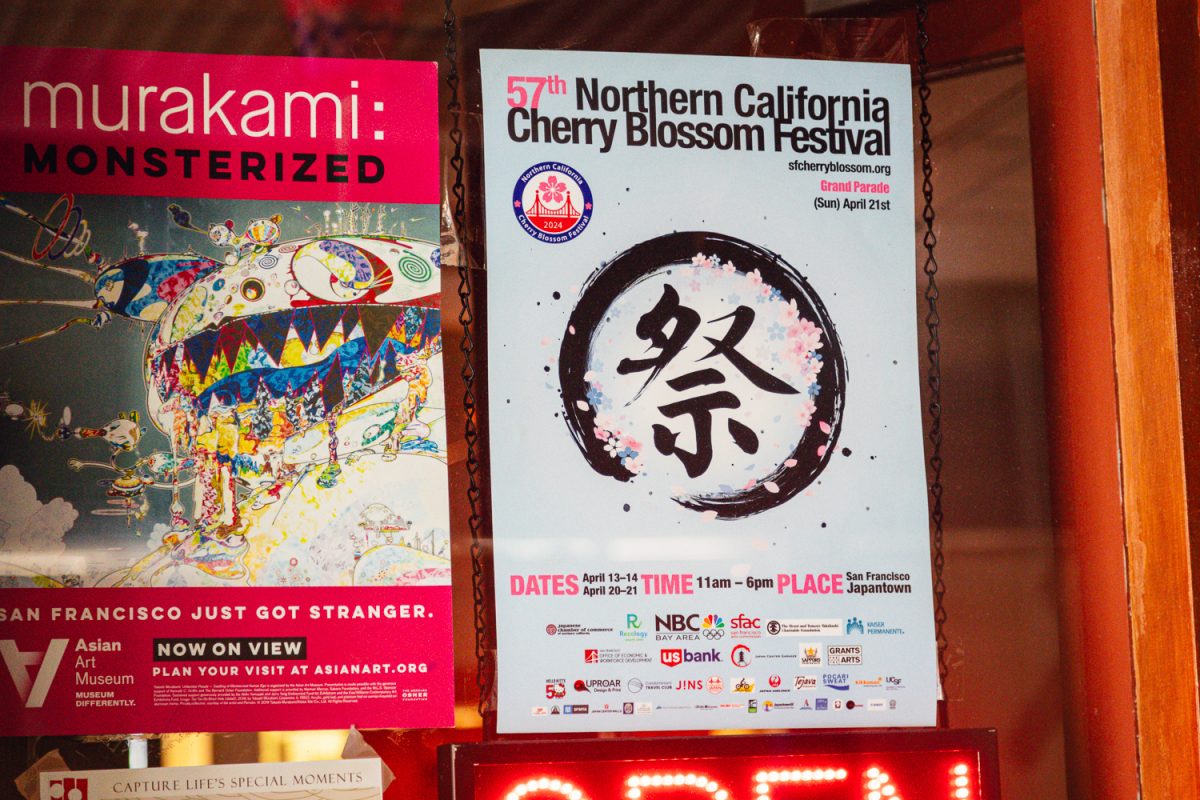The American Dream.
It is the idea that anyone, regardless of their race, gender, background, or beliefs, can be successful and safe in the United States. This concept is a quintessential idea in the lives of millions of Americans.
The City of Good Living.
That is the slogan of the city of San Carlos. Situated between Silicon Valley and some of the best schools in the state, this sleepy town of aesthetically-pleasing shops seems like the perfect place to raise a family.
The San Francisco Bay Area.
It’s home to over 7 million people of all backgrounds and nationalities. This region is widely considered a melting pot of cultures in every sense of the term, and many families hope to raise their children in this diverse society.
So how do these three things fit together? They don’t.
San Carlos is considered one of the most racially and economically segregated cities in California, with 75% of the population being white and the average income being over $169,000, according to the 2020 census. In 2020, there are only 212 Black residents, a shockingly low number in the city of over 30,000 people.
If this looks intentional, that’s because it is.
San Carlos and many cities in San Mateo County are products of redlining, which is defined as “a discriminatory practice by which banks, insurance companies, etc., refuse or limit loans, mortgages, insurance, etc., within specific geographic areas,” according to dictionary.com.
The Urban Displacement project says that redlining in the Bay Area started in the 1930s when every individual neighborhood was classified as first-grade, second-grade, third-grade, or fourth-grade, with homes in first-grade neighborhoods being listed as most desirable for white potential homeowners. Many neighborhoods in San Mateo county became classified as first-grade, and property investors jumped on the opportunity to build and invest in wealthy suburbs.
Eighty-seven percent of the properties which received lower classifications were established Black, Hispanic, Asian, and Jewish communities. When people of color were denied loans in desirable neighborhoods, many were forced into tighter “hazardous zones.”
One example of a so-called hazardous zone is the city of East Palo Alto (EPA), which has the same number of residents as San Carlos. This community is 62% Hispanic, with large Black and Polynesian minorities. Despite being a 15-minute drive from San Carlos, the median income in EPA is $64,000. According to FBI crime statistics, EPA is in the top 20% of California’s most dangerous cities.
As the first grade and fourth-grade neighborhoods grew exponentially in the 1950s, so did their differences. With the wealth from property taxes, schools in cities like Menlo Park and Palo Alto became better funded. Most students of color were excluded from these opportunities due to the borders drawn by real estate investors.
After the fall of racial segregation throughout the 1960s, school districts were intentionally desegregated by bussing in Black and Hispanic students from low-income neighborhoods. While large cities like San Francisco already had a culture of integration, the divide between wealthy white students and low-income Black and brown students played out in schools like Carlmont.
The novel “My Posse Don’t Do Homework” and the movie adaptation “Dangerous Minds” are well known among Carlmont students and teachers. They portray the tough, white marine, LouAnne Johnson, bringing order to a group of misbehaving Black and Brown students at Carlmont in the 1990s. The school was renamed Parkmont for the Hollywood treatment.
Pulitzer winning movie critic Roger Ebert noticed that other critics viewed the film’s overall message to be Johnson, played by Michelle Pfeifer, saving the students from their own decisions to be violent by bribing them into education. Ebert said that the Black and Hispanic students in the film reminded him of students he taught in a Black township in apartheid South Africa.
“The students were preparing for an examination that might get them into university classes. The syllabus was the same as for white students, and we studied Shakespeare’s ‘The Tempest.’ There was irony there: young people living under apartheid, in a township where the necessities of life were scarce, after a long day of manual labor, studying Shakespeare so that they, too, could take a test that for white students would be second nature,” he wrote.
Ebert’s analysis suggests that intentional racial and economic segregation from South Africa to San Carlos will keep students of color from reaching their full potential. Twenty-five years ago, Ebert saw that the stereotypes that determined which students supposedly had potential and which students were “just hazardous;” all came from the borders drawn by redlining. So what has changed since then?
The Fair Housing Act of 1968 banned redlining, which prohibited the use of terms like desirable and hazardous to describe established communities of a certain race. But that didn’t ban the racist and classist stereotypes that are often associated with Black, Hispanic, and Polynesian youth in the county.
The Peninsula Anti Racism Alliance (PARA) reports that while Black people make up 3% of the county population, over 20% of county police arrests are Black. The fourth-grade neighborhoods of the 1960s are now the most heavily policed areas, often resulting in racial profiling and police brutality. And groups like SMC Jail Support have observed that people from the most policed communities are often the same people who end up in the county correctional facilities. Despite the fact that youth from impoverished communities aren’t significantly more likely to use drugs or commit petty crime than wealthier youth, they are much more likely to be punished for it.
Community organizations like PARA have emphasized that it is possible to solve the effects of redlining once and for all. Activists have called on city council members to pass affordable housing acts that will stabilize rent prices and stop the evictions of tenants. Additionally, they are demanding lawmakers to reinvest in impoverished communities.
“We must use direct actions to pressure decision-makers into dismantling racist systems,” PARA said in a social media statement. “You must continue to educate yourselves and others- the more people who are aware of these less visible forms of racism, the easier they will be to fix!”
























JoAnn Sandoval • Aug 4, 2021 at 8:44 am
Good Morning, I was just wondering if you could share your sources for this information. I am currently putting together a report on San Mateo county and would love to include this information. Thank you and great article!